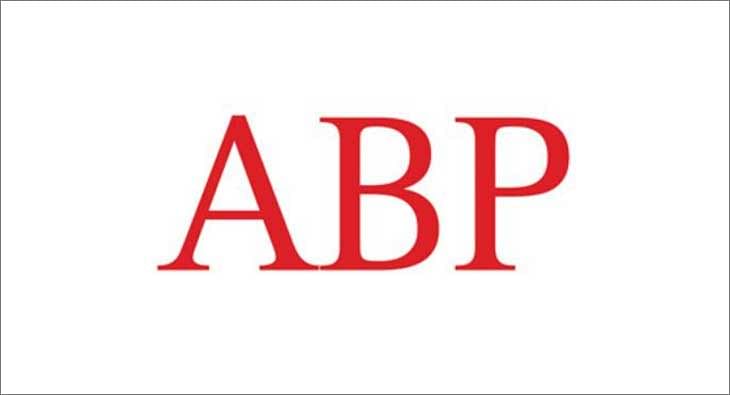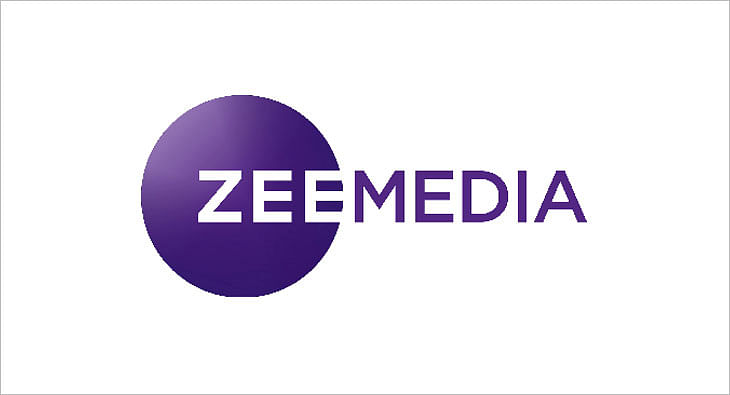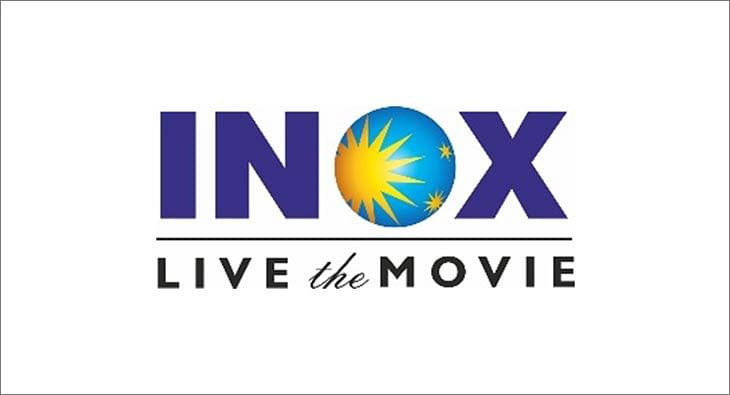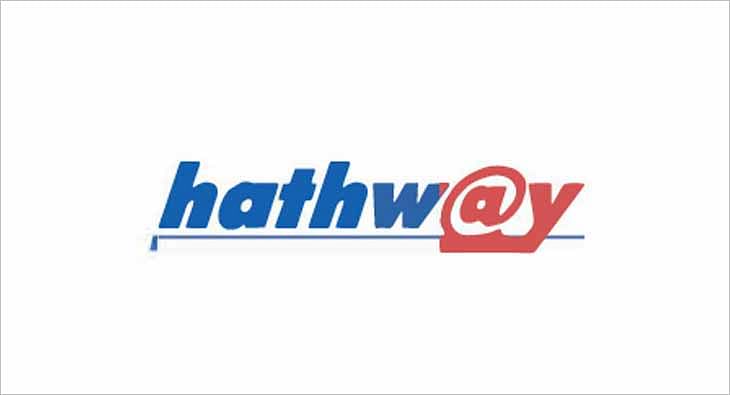More media, where's the return?
With a virtual explosion of TV channels, the advertiser is confronted with high media fragmentation. While it makes it difficult for mass product marketers, the smaller advertiser has an option to target specific audiences at lower rates.

With a virtual explosion of TV channels, the advertiser is confronted with high media fragmentation. While it makes it difficult for mass product marketers, the smaller advertiser has an option to target specific audiences at lower rates.
The next time you switch on the TV, don't panic at the number of channels staring back at you. Chances are you haven't watched (or even heard) all of them. You don't need to. Not all of them are targeted at you. While you just need to surf channels at the flick of a button, the plethora of channels is proving to be worrisome for advertisers who want to see a buck well spent.
With the proliferation of different media forms, reaching the right audiences may mean selecting media that are highly specialised and target focused audiences. Future challenges for media specialists are likely to get more complex with different implications for mass and niche advertisers. Media fragmentation is not a new phenomenon but with return on investment (ROI) going down over the years, it has become more challenging for media professionals to give their clients the right advice to enable them to build sustainable brands in a profitable way.
Media segmentation proves helpful for specific categories which are trying to reach out to specific audiences and want to stay away from traditional mass media. Pranesh Misra, President & COO, Lowe, agrees, "For some categories, specialised media would be useful. Children's channels for kids' products; music channels for teen products and business channels for the executive segment are examples of that. Similarly, in the print medium, sections of the publication could be equivalent of specialist channels, like education, jobs, real estate, health and beauty, weekend and so on. Each of these attracts different need groups within the publication and would be a worthwhile buy for specialist products."
"With better technology and database, marketers can now achieve a much higher degree of customer segmentation which implies the need for multiple vehicles and channels to reach the specific customer segments, who could even be living under the same roof," says Suresh Kumar, Director of Mindspark Consulting, a Chennai-based firm.
Observes L.V. Krishnan, CEO, Tam Media Research, "With fragmentation the return on investment could get wasted for the mass advertiser, while it can be a boon for the niche advertiser who wants to narrow down his target segments. It all depends on the brand's communication objective."
Agrees Lynn de Souza, Director, Lintas Media Group, "The mass marketer reach will get lesser with so much fragmentation. In fact, this could give niche brands the chance to get on to a smaller channel and thus avoid wastage."
Media fragmentation has created a level-playing field enabling small, regional brands to at least compete in share-of-voice terms in their geographical space, points out Suresh Kumar.
Expanding on the implications of fragmented media on ROI for advertisers, M.G. Parameswaran, Executive Director, FCB Ulka, says, "There are today niche TV channels that deliver decent numbers to opinion leader target groups. We have used niche channels to great effectiveness for campaigns on cars. With the growth of news as a genre, we can reach a significant number of males through that niche mix. The same is true of Hindi and English film channels. In the case of kids we can reach a portion of kid opinion leaders through the cartoon and kids' channels. As a result of all this mass Hindi channels are being seen as driver channels for only the big budget brands that cut across a vast cross-section of the populace. To reach that kind of audience channels like Zee, Star and Sony continue to rule the roost."
Fragmentation helps the low-budget advertiser to avoid the clutter in mass media and reach the right consumer. "Yes, media fragmentation is definitely good not only from the point of helping focused targeting but also in that it gives low entry cost options to advertisers. In fact, a lot of advertisers with small budgets are able to come into TV/print due to fragmentation. Having a large media budget is no longer a prerequisite for getting into these media. As for mass media advertising, it will continue on the numbers game,"says Anupriya Acharya, President, The Media Edge.
Outlining the future, FCB's Parameswaran adds, "We may see a reconfiguration of the mass channels in the coming months. They may start of<147,1,7>fering a differential rate for products that can live without them, and so forth. The other interesting development would be the growth of two-TV households. A two-TV household may have a very different channel-watching mix. One may be on mass channel all the time, while one flits between news and music, depending on who is handling the remote, the father or the kid! Our measurement tools today do not track this trend, but that may have to change soon."
At the same time, fragmentation will continue to have ad spends consolidating among the top few media brands but can hurt the rest of the players in the industry. Admits Abraham Thomas, Chief Operating Officer, Radio Today (Mumbai) Broadcasting Ltd., "Most of the ad spends are concentrated among the top four or five players. This has led to rates coming under pressure and there is hardly anything left for the rest of the players who are made to drop rates."
Meanwhile, mass media will continue to cater to mass advertisers and stay the best in terms of measurability. So advertisers keen on tracking their ROI would first opt for traditional media like print and television. As Lowe's Misra claims, "FMCG, mass services sector (like telecom) and mass durables sector (like CTV and refrigerators) still need mass media to address a wider cross-section of audience. So, there will continue to be a need for mass media vehicles — and will continue for the foreseeable future in India. We are still looking at huge growth from people who are at the bottom of the economic pyramid."
While there is media fragmentation on one hand, the advertiser is simultaneously looking at ways to increase his ROI by having out-of-the-box solutions. As Acharya says, "The two situations can co-exist as they are not really linked. The former adds to more choice within the existing media like TV or print while the latter refers to new forms of reaching the consumer. From the advertiser's point of view, one needs to be on top of all developments on each front. In the former case, one has to harness the same medium in a slightly different manner while in the latter, the new form of reaching consumer needs is to be understood and then exploited."
Adds TAM's Krishnan, "As consumers blank out repetitive message communication, the advertisers will seek innovative out-of-the-box solutions like in-programme product placements or sponsorships to break clutter and bring in high noticeability. The objective of the advertiser is to gain higher ROI. This can be attained either through the innovative product communication exercise or aligning communications to where the target audience is available. Thus, if a niche channel delivers the core target group extremely well, then an advertiser (for a premium product) will prefer to invest there vis-à-vis a mass channel. On the other hand, a mass producer for a popular product may still want to communicate across channels."
The debate cannot be about mass versus niche media, says Mindspark's Suresh Kumar. Both have their place and role in a media plan. But for marketers and planners, it is about being in the relevant media. Targeting messages in a focussed manner at a time and place when the audience is most receptive calls for better understanding and sharper definition of target audience. "The sharper one gets, the better is the media ROI," he adds.
But times continue to get tougher for media planners. "ROI is getting severely affected because fragmentation is leading to more money being spent to reach the same set of people. The increase in quantum investment is between 10 and 30 per cent," estimates Meenakshi Madhvani of Spatial Access, a media audit firm.
More the media options, greater the audience fragmentation. Fragmented media would entail more complications in media planning to reach the same number of people. Advertisers now have to depend on a larger number of media vehicles. This would lead to duplication and wastage as far as the mass advertiser is concerned.
Fragmentation adversely affects advertising ROI and the advertisers have to continue to find different ways of maximising efficiency.
Read more news about (internet advertising India, internet advertising, advertising India, digital advertising India, media advertising India)
For more updates, be socially connected with us onInstagram, LinkedIn, Twitter, Facebook Youtube & Whatsapp
You May Also Like
HT Media posts Consolidated Total Revenue of Rs 580 crore in Q2
Chairperson and Editorial Director Shobhana Bhartia says due to lower commodity prices and control on costs there has been an improvement in operating profit
HT Media has posted a Consolidated Total Revenue for Q2, 2020 at Rs 580 crore.
As per a statement released by the company, EBITDA for Q2’20 increased by 139%, and margins at 14% vis-à-vis 6% in previous year. This has been driven by softening of newsprint prices and continued focus on cost.
The Net Cash position at a consolidated level continues to be strong.
The Print ad revenue has declined due to sluggish volumes, even as yields have improved. National advertising continues to be soft, although local advertising witnessed growth.
Savings in raw material costs have driven improvement in EBITDA margins.
Chairperson and Editorial Director Shobhana Bhartia said, “Slowing economic growth has hit advertising spends in key categories, putting pressure on revenues across the media industry. As a result, our Print and Radio (on like to like basis) businesses saw revenues dip as compared to a year-ago. However, thanks to lower commodity prices and a tight control on costs, we saw an improvement in our operating profit. On the digital front, Shine, our online recruitment portal has shown good progress and continues to grow. Our outlook for the coming quarter remains cautious, given overall economic sentiment and macroeconomic trends. Cost-control and falling commodity prices should help protect our margins.”
Read more news about (internet advertising India, internet advertising, advertising India, digital advertising India, media advertising India)
For more updates, be socially connected with us onInstagram, LinkedIn, Twitter, Facebook Youtube & Whatsapp
ABP Group posts Rs 15.70 crore as net profit in Q1 FY20
The group’s total operating income stands at Rs 365.55 crore
ABP Group has posted a net profit of Rs 15.70 crore in the first quarter of FY20, as per media reports.
The group’s total operating income stands at Rs 365.55 crore.
It’s net profit for the fiscal ended March 31, 2019, was down 68% to Rs 31.90 crore compared to the previous fiscal.
The Profit Before Interest Lease Depreciation and Tax (PBILDT) has also dropped 53.52% to Rs 107.12 crore.
The group has six news channels - ABP News (Hindi), ABP Ananda (Bengali) ABP Majha (Marathi) and ABP Asmita (Gujarati), ABP Sanjha (Punjabi) and ABP Ganga (Hindi).
Read more news about (internet advertising India, internet advertising, advertising India, digital advertising India, media advertising India)
For more updates, be socially connected with us onInstagram, LinkedIn, Twitter, Facebook Youtube & Whatsapp
Zee Media posts consolidated revenue of Rs 137.03 crore for Q2 FY20
ZMCL has recorded 4.4% growth in operating revenue for first half of FY20
Zee Media Corporation Ltd (ZMCL) has posted a 4.4 per cent growth in operating revenue to Rs 337.6 crore in the first half of FY20, as per media reports.
It has reported a consolidated revenue of Rs 137.03 crore for Q2 FY20.
In a statement, ZMCL has said: “During the quarter, the network expanded its footprint s into Southern India through the launch of Zee Hindustan in Tamil and Telugu languages. This is intended to make the network's content accessible to wider audience.”
The operating expenditure in Q2FY20 has dropped by 21.7 per cent.
The statement further said: “EBITDA for HlFY20 improved by 34.1 per cent to Rs 1,029 million from Rs 767.5 million EBITDA for H1FY19, while the same declined by 9.4 per cent to Rs 370.2 million from Rs 408.7 million for the corresponding period last financial year. EBITDA Margin grew from 23.7 per cent in H1FY19 to 30.5 per cent in HlFY20, while growing from 24.2 per cent in Q2FY19 to 27 per cent in Q2FY20.”
Read more news about (internet advertising India, internet advertising, advertising India, digital advertising India, media advertising India)
For more updates, be socially connected with us onInstagram, LinkedIn, Twitter, Facebook Youtube & Whatsapp
No slowdown here: In-cinema ad rates up by at least 50% for 3 big Diwali releases
Housefull 4, Made In China and Saand Ki Aankh ready to hit the silver screen this week, with the hopes of giving brands the eyeballs they look for in theatres
It’s that time of the year again when theatres gear up to pocket maximum gains. Diwali is here and there are three films ready to hit the silver screen this week--Housefull 4, Made In China and Saand Ki Aankh. The festive period brings much joy to exhibitors, distributors and theatre owners because it ensures footfalls, giving brands the eyeballs they look for. In fact, industry experts don’t feel that economic slowdown this year has impacted in-cinema advertising. While they are concerned about three movies clashing during Diwali, they predict 50-100 per cent rise in ad rates during this period.
Advertising moolah
Mohan Umrotkar, CEO, Carnival Cinemas, is expecting 60-70 per cent surge in advertisement topline compared to last year. “Going by the buzz and advance booking for these three releases, market is bullish. Advertisers have blocked most of the advt-slots during the festival period. Housefull 4, Made In China and Saand Ki Aankh all combined together should generate around Rs 350 crore topline at the box office during the festival week. We are expecting 60-70 per cent surge in the advertisement topline from last year. Also, this year we have added around 14 per cent new advertisers, and 4 per cent of them are first-time cinema advertisers,” he says.
But according to Siddharth Bhardwaj, Chief Marketing Officer - Head of Enterprise Sales, UFO Moviez, things have changed a lot in the last couple of years. “Since some films have not really lived up to their expectation, advertisers are spreading the spends all through the year. They are picking up far more number of titles in the year rather than focusing only on Diwali or Eid.”
“It is good for the industry because you can monetise the inventories beyond just big weeks. A lot of content- driven films have come up which has given us the opportunity to monetise more markets. It has put lesser pressure on Diwali. Most of the cinemas are sold out for Diwali. It becomes difficult to accommodate everything,” Bharadwaj opines. He also reveals that for this week, the inventories are already full.
Diwali ad rates
Experts reveal that ad rates differ from property to property and depends on location as well. But Diwali surely sees a massive hike in rates. This year, theatre owners are expecting 100 per cent rise in ad rates. While Umrotkar revealed that for Diwali, they are charging 100 per cent higher than the regular card rates, Girish Johar, trade analyst and film producer, shared that even the rates for putting up kiosks of brands go up during festivals like Diwali.
“It’s based on property. On a ballpark, ad rates double up. So if you are putting up a kiosk, they charge say Rs 50,000-25,000 for a month. During Diwali, they charge almost double because of the kind of footfalls theatres witness,” Johar revealed.
Economic slowdown? Not for Cinema!
This year, brands have been pulling back their spends on other mediums due to economic slowdown, but cinema seems unaffected. Calling entertainment business recession-proof, Johar explains, “If you see the other side, box office is up by 15-20 per cent. Yes, it is a bit subdued because the brands are in a wait-and- watch scenario. They are increasing their focus around consumption rather than awareness.”
Bharadwaj too seconded it by saying, “These are challenging times but our medium is very efficient. If you see economy has slowed down, but the cinema has grown instead.”
Clash cover
Three movies are clashing this Diwali which means shared screens and box office gains.
“It’s never good for us when two or more big-ticket films release together. If they would have come on different dates, there are chances that more advertisers will take advt. inventory in those weeks separately instead of that one particular week,” shares Umrotkar.
Read more news about (internet advertising India, internet advertising, advertising India, digital advertising India, media advertising India)
For more updates, be socially connected with us onInstagram, LinkedIn, Twitter, Facebook Youtube & Whatsapp
INOX Leisure Ltd sees 42% growth in total revenue
Profit After Tax up 327% to Rs 51 crore
INOX Leisure Ltd (INOX) has reported financials for the second quarter ending September 2019.
Its total revenue has risen to Rs 524 crore with a 42% growth from Rs 369 crore in the corresponding quarter in FY19. Its EBITDA has more than doubled to Rs 107 crore with a 121% growth, while the PAT stood at an impressive Rs 51 crore, up 327% from previous year’s second quarter.
Siddharth Jain, Director, INOX Group, said: “At INOX, setting new benchmarks is now a routine, thanks to our consistently sharp focus on luxury, service and technology and our uncompromised desire to offer our patrons, nothing but the latest and the best! We are delighted with our remarkable consistency on all parameters, and we are sure about maintaining the momentum and focus on innovativeness. Content once again proved that why we term it as the ‘hero’. Thanks to the creators of such spellbinding movies, which keep inviting our guests to our properties, and allowing us to pamper them with our signature hospitality. With the launch of Megaplex, we are delighted to further our endeavor of developing experience-driven cinema destinations of global standards, and we will continue to do so. On behalf of Team INOX, I assure all our stakeholders that we will continue to break barriers and exceed all expectations.”
Read more news about (internet advertising India, internet advertising, advertising India, digital advertising India, media advertising India)
For more updates, be socially connected with us onInstagram, LinkedIn, Twitter, Facebook Youtube & Whatsapp
Hathway Cable & Datacom reports 100% subscription collection efficiency in Q2
The broadband subscriber base has increased from the previous quarter’s 840,000 to 860,000
Hathway Cable and Datacom has reported subscription collection efficiency at 100%, and the broadband subscriber base has increased from previous quarter’s 840,000 to 860,000 in quarter ending September, as per media reports.
It has narrowed its consolidated net loss by 74% and the operating EBITDA has been reported 15% up to Rs 107.5 crore compared to Rs 93.1 crore a quarter ago.
The total income has dropped 2%, while the expenditure is down 6%.
In the financial results, the company has said the FTTH markets are leading growth in customer acquisition.
Read more news about (internet advertising India, internet advertising, advertising India, digital advertising India, media advertising India)
For more updates, be socially connected with us onInstagram, LinkedIn, Twitter, Facebook Youtube & Whatsapp
ZEEL posts 7.4% YoY growth in total revenue for Q2 FY20
ZEEL's domestic advertising revenue has grown 1.4% YoY in Q2FY20
Zee Entertainment Enterprises Limited (ZEEL) has reported a consolidated revenue of Rs 2,122 crore for the second quarter of FY20, recording a growth of 7.4% on YoY basis.
The Earnings Before Interest, Tax, Depreciation and Amortization (EBITDA) was recorded as Rs 692.9 crore with an EBITDA margin of 32.7%. PAT for the quarter was Rs 413.2 crore. The Profit After Tax (PAT) for the quarter was Rs 413.2 million, with a growth of 6.9% YoY.
During the second quarter, ZEEL’s consolidated advertising revenue grew by 1.2% YoY to Rs 1,224.7 crore. The domestic advertising revenues grew by 1.4% YoY to Rs 1169 crore.
ZEEL has posted 26.8% YoY growth in Q2FY20 domestic subscription revenue. ZEEL’s consolidated subscription revenue grew by 19.0% to Rs 723.5 crore during the quarter.
ZEEL’s total expenditure in Q2FY20 stood at Rs 1429.1 crore, higher by 9.9% YoY compared to Q2FY19.
While ZEE5 recorded a peak DAU (Daily Active User) base of 8.9 million in September 2019, ZEE5 users watched an average of 120 minutes of content on the platform in the same month.
During Q2 FY20, the television network had an all-India viewership share of 18.4%.
During the quarter, ZEEL’s international business revenue was Rs 208.2 crore. The advertising and subscription revenues for international business declined by 4.0% YoY and 21.5% YoY, respectively.
Zee Music Company has registered 7.1 billion views on YouTube in Q2.
Punit Goenka, Managing Director and CEO, ZEEL, said, “I am pleased with the performance we have exhibited during the quarter. Our entertainment portfolio continues to grow from strength to strength across all formats and maintained its leading position. Our television network has emerged stronger post the implementation of tariff order on the back of a strong customer connect and brand pull of its channels. ZEE5 continued to gain traction across audience segments and markets, driven by its compelling content library and expanding list of partnerships across the digital eco-system. This strong operating performance allowed us to deliver industry leading growth in both advertising and subscription despite the tough macro-economic environment. Domestic subscription growth of 27% has reaffirmed the value proposition our television network has built over the years. The impact of tariff order has now largely settled down and has brought increased transparency along with improved monetization. Our domestic advertising revenue growth, though significantly lower than historical trend, is higher than the industry growth. We have witnessed an improvement in ad spends through the quarter and we believe that the onset of festive season along with measures taken by the government will help revive the consumption growth.”
Read more news about (internet advertising India, internet advertising, advertising India, digital advertising India, media advertising India)
For more updates, be socially connected with us onInstagram, LinkedIn, Twitter, Facebook Youtube & Whatsapp




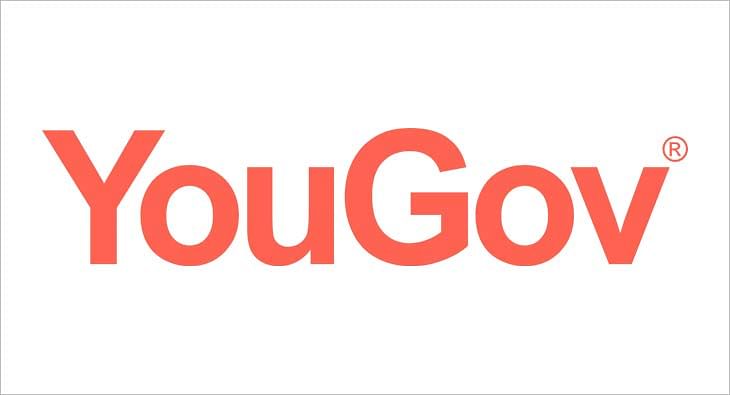
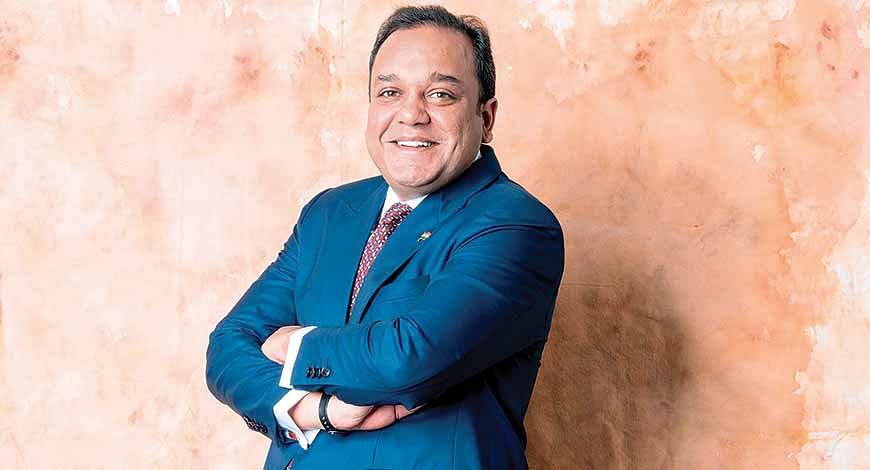
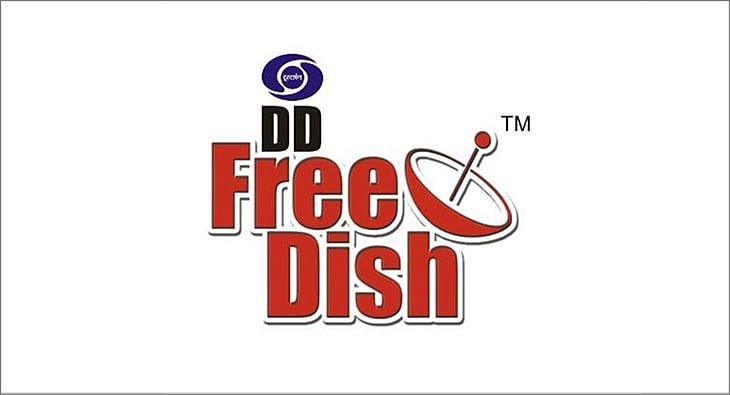

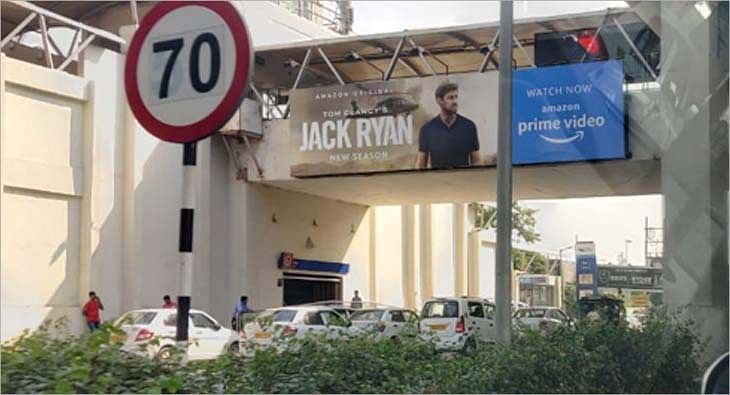





 Share
Share